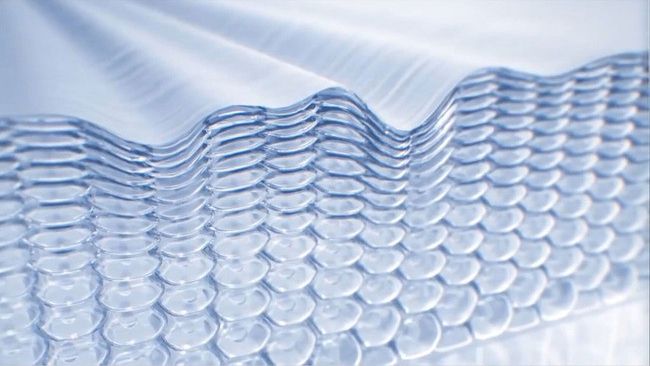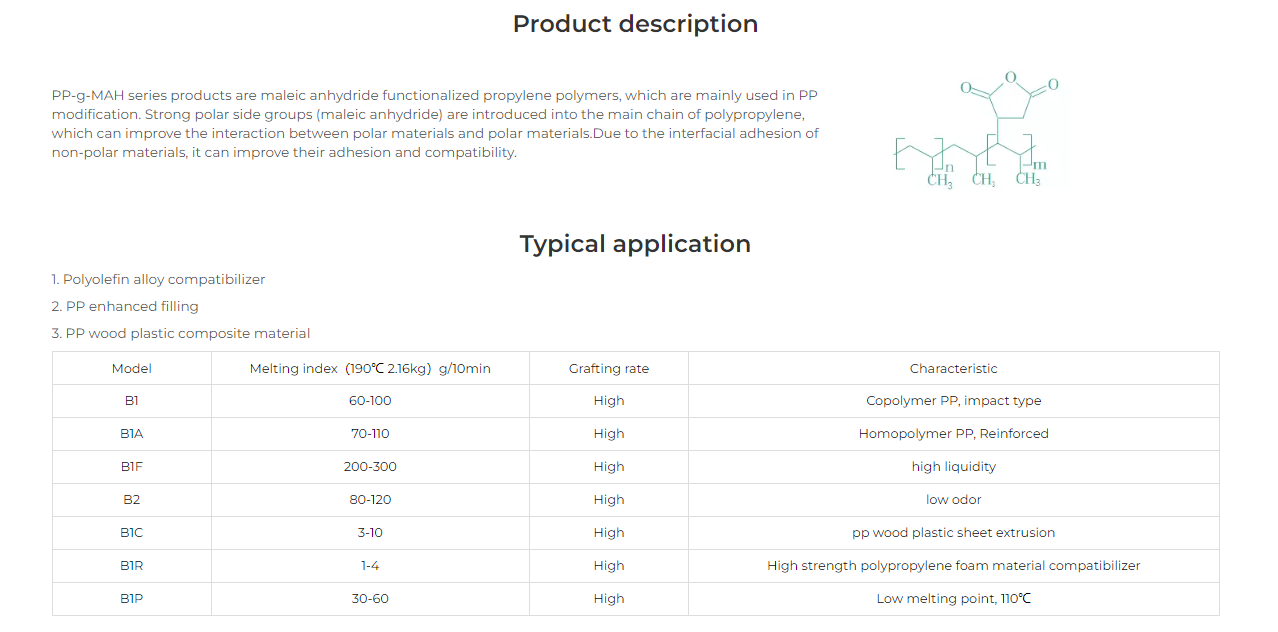Because many parts require high toughness, some resins with high toughness often have toughness after modification, which is difficult to meet the requirements of use; there are also some parts that require super toughness, but the existing resins cannot meet their toughness requirements, or It can meet its toughness requirements but the price is very high, which requires the use of toughening methods to prepare super-tough new materials. Therefore, tougheners are key materials and additives in modified plastics.
POE is used as an impact modifier for polypropylene PP plastics, which has obvious advantages over traditionally used ethylene-propylene-diene rubber (EPM).
Because many parts require high toughness, some resins with high toughness often have toughness after modification, which is difficult to meet the requirements of use; there are also some parts that require super toughness, but the existing resins cannot meet their toughness requirements, or It can meet its toughness requirements but the price is very high, which requires the use of toughening methods to prepare super-tough new materials. Therefore, tougheners are key materials and additives in modified plastics.
POE is used as an impact modifier for polypropylene PP plastics, which has obvious advantages over traditionally used ethylene-propylene-diene rubber (EPM).

First of all, granular POE is easy to mix with granular PP plastics, which saves the complicated granulation or premixing process of bulk ethylene-propylene rubber; secondly, POE and PP plastics have better mixing and dispersion effects. Compared with EPDM, copolymers The phase state of the PP plastic is more refined, so that the impact resistance can be improved; moreover, the use of general rubber as the impact modifier of PP plastics can reduce the yield strength of the product while increasing the impact strength, while using POE elastomers in Toughening while maintaining high yield strength and good processing fluidity.












